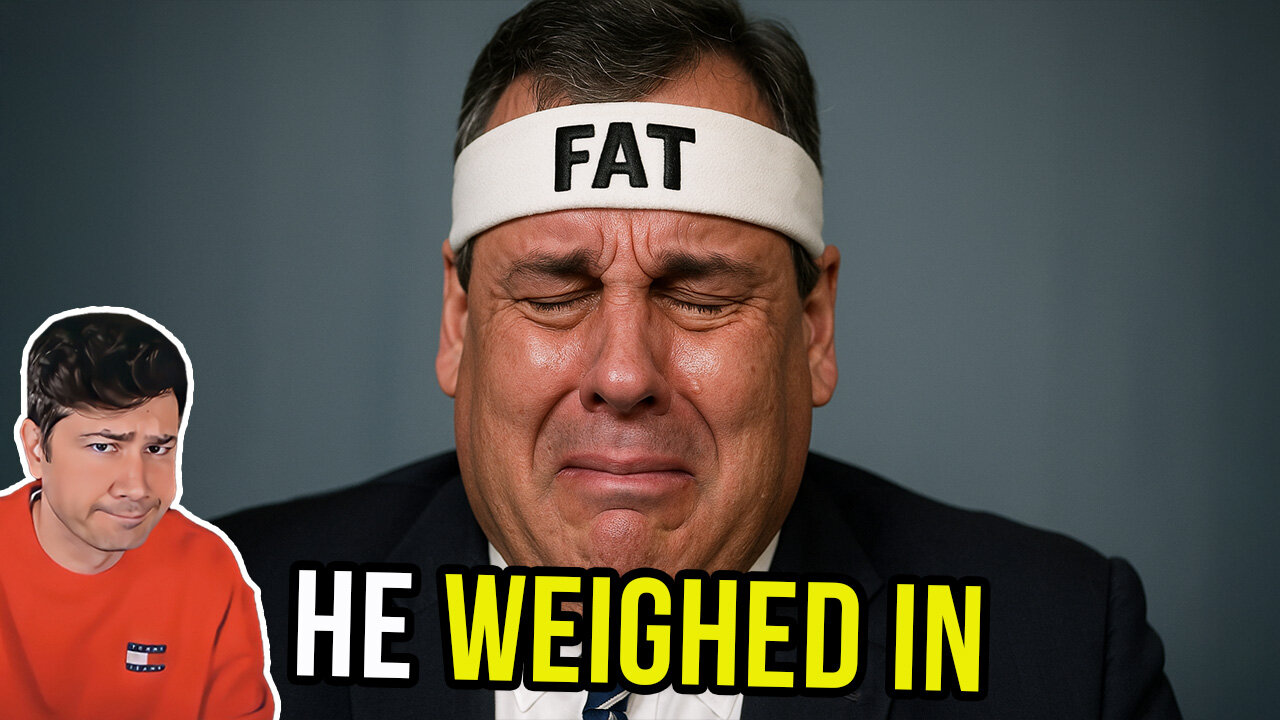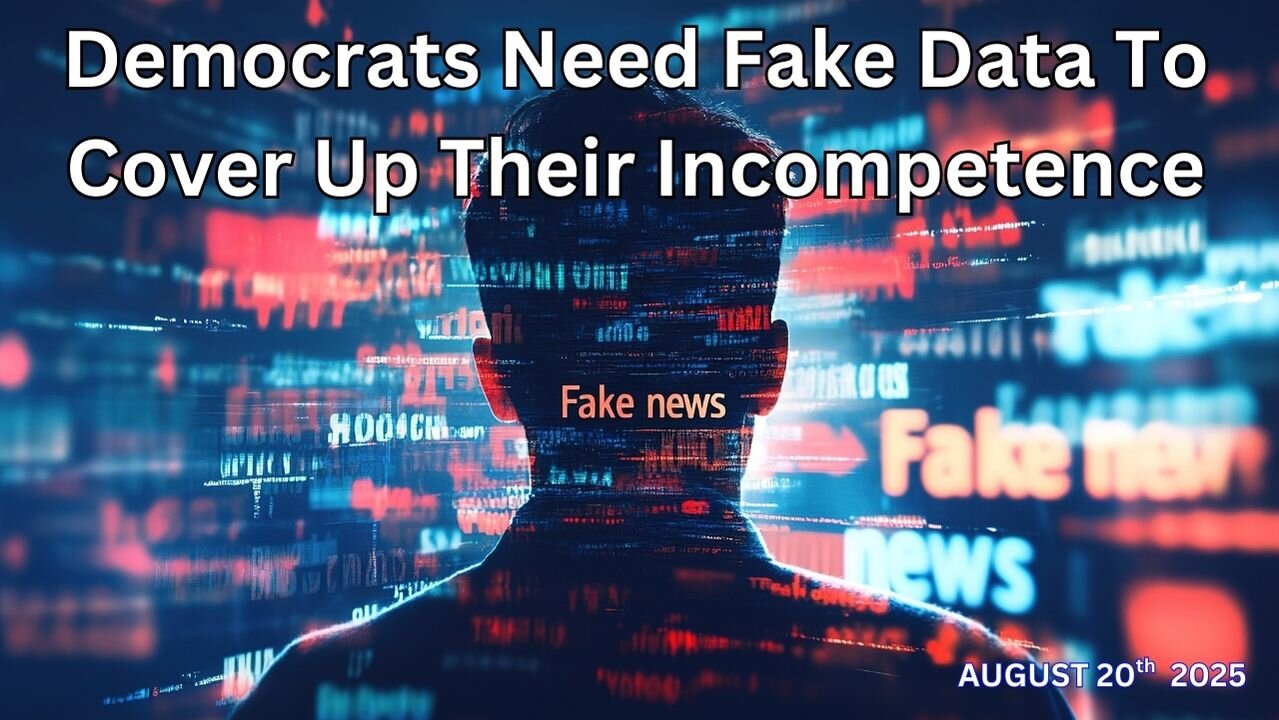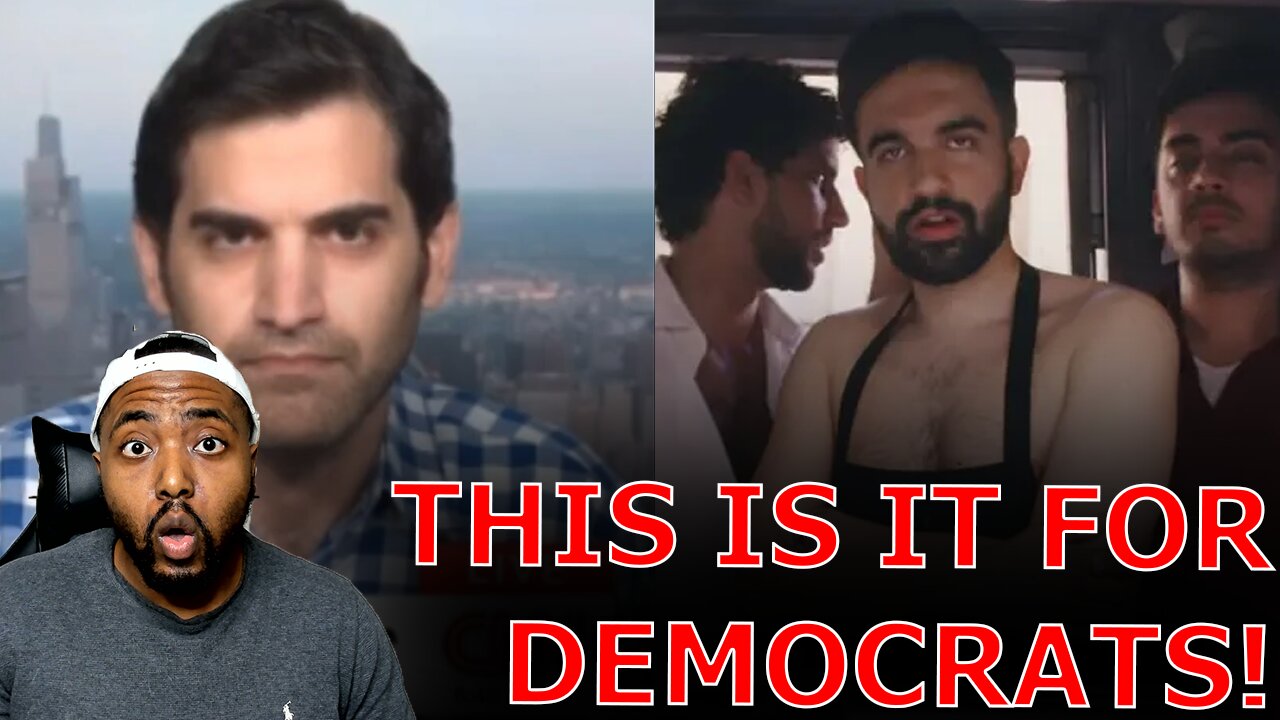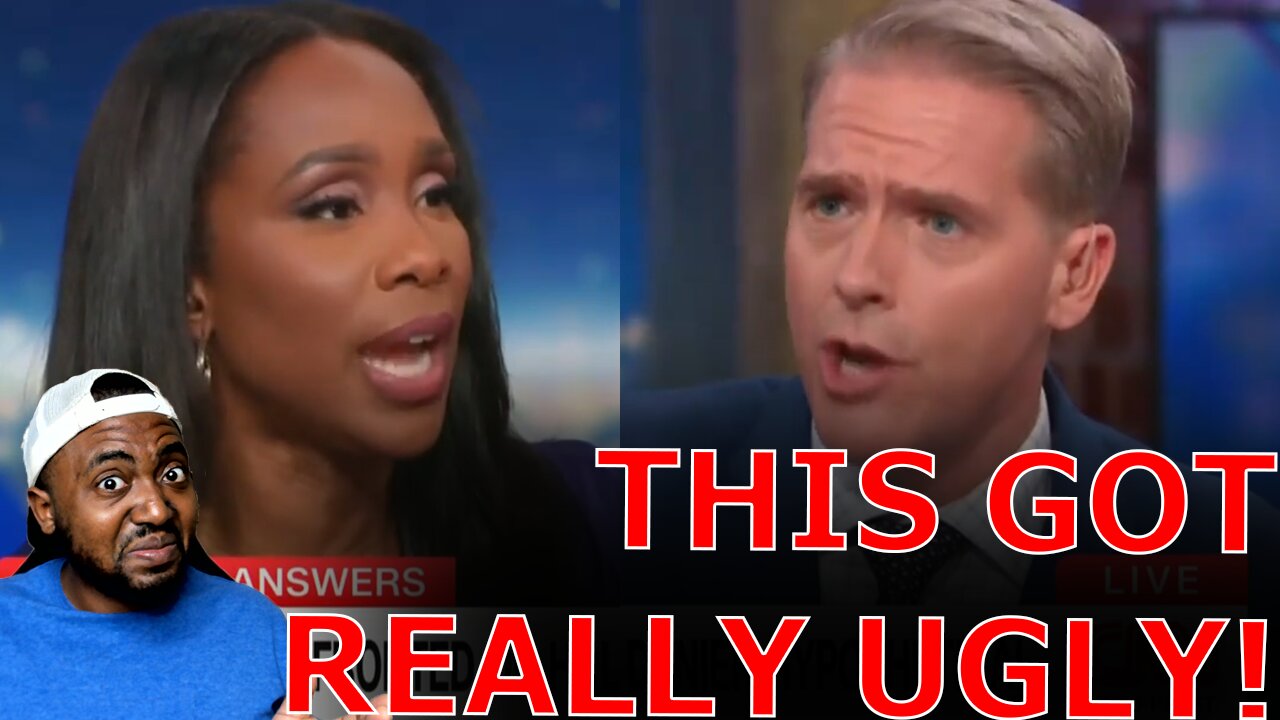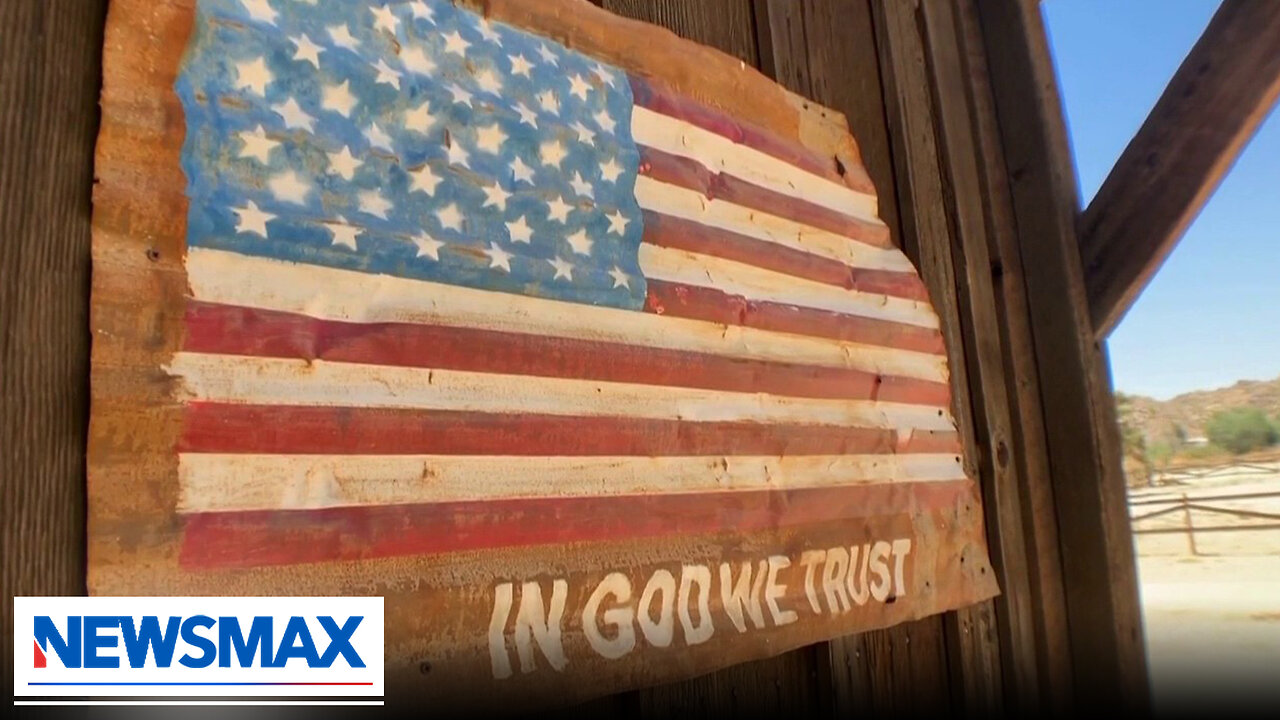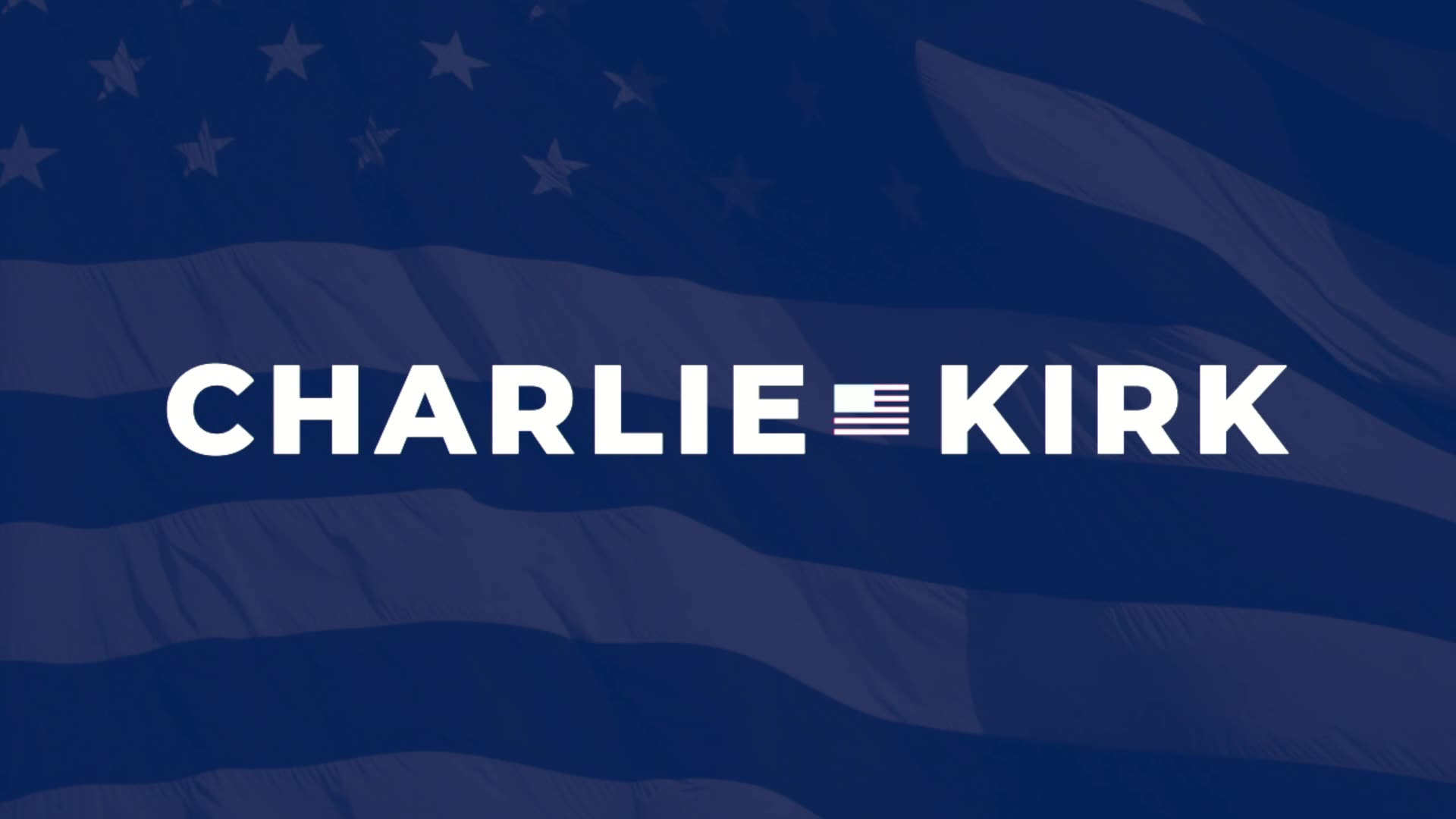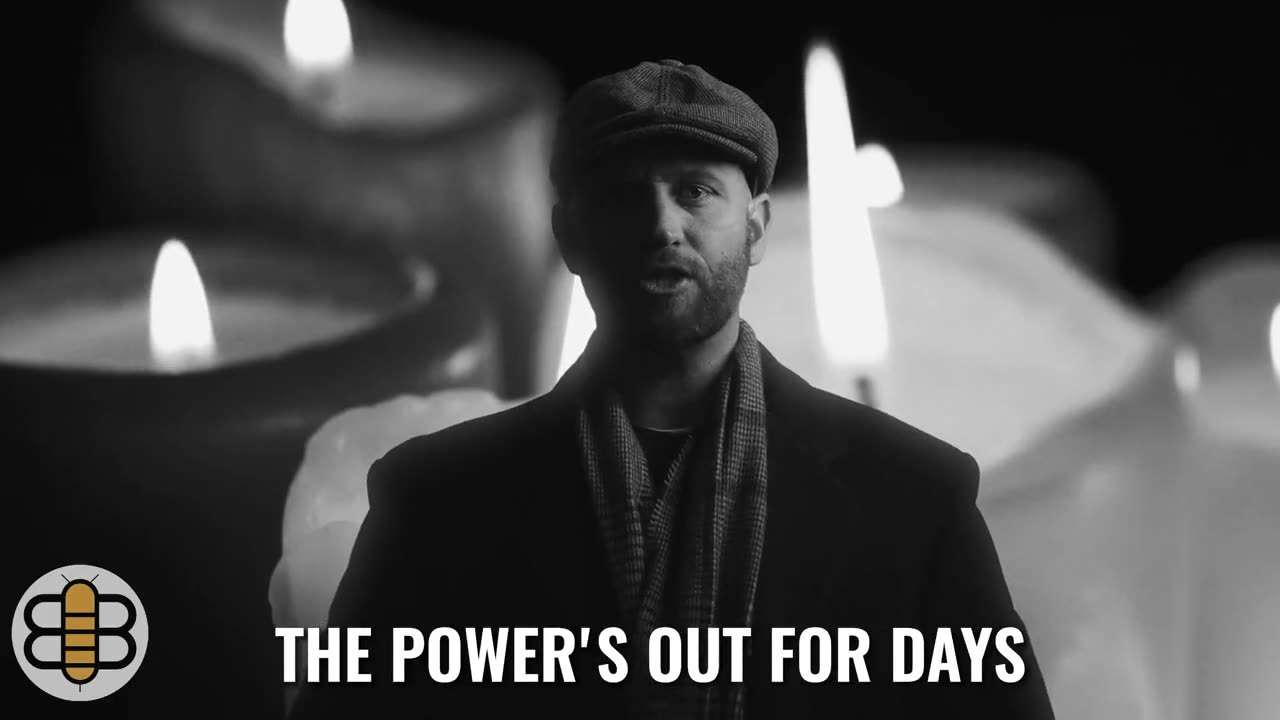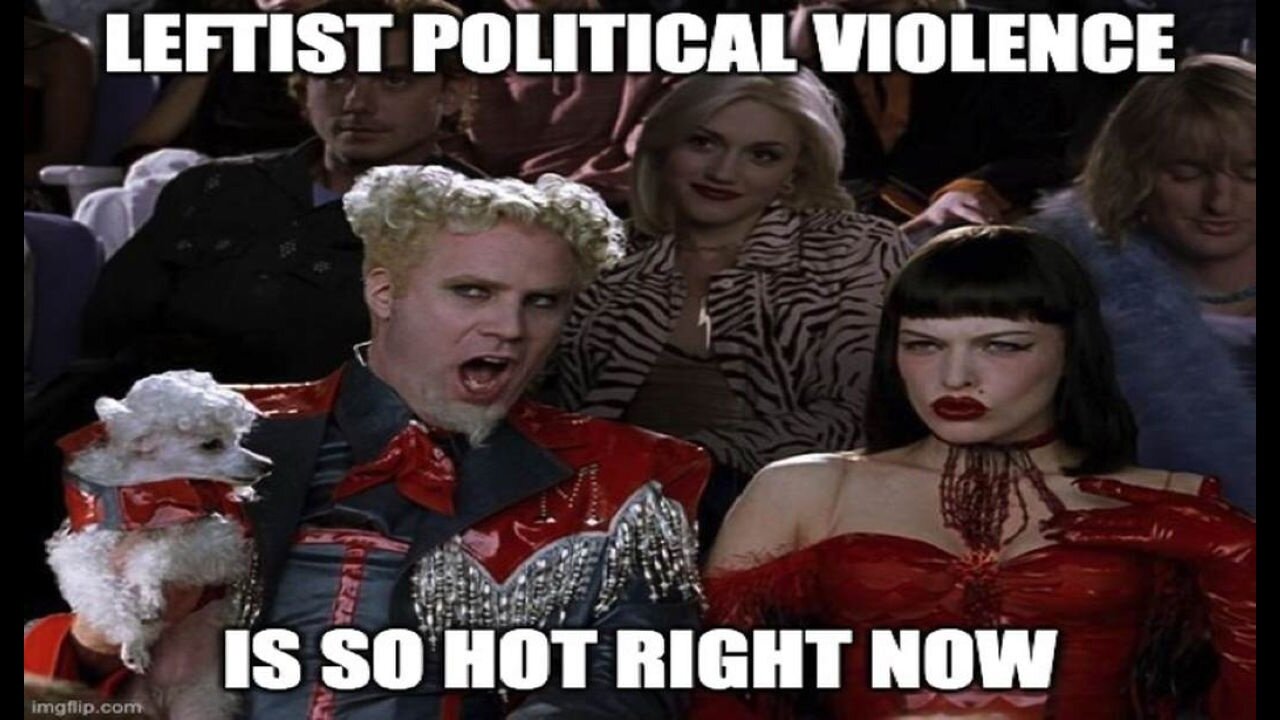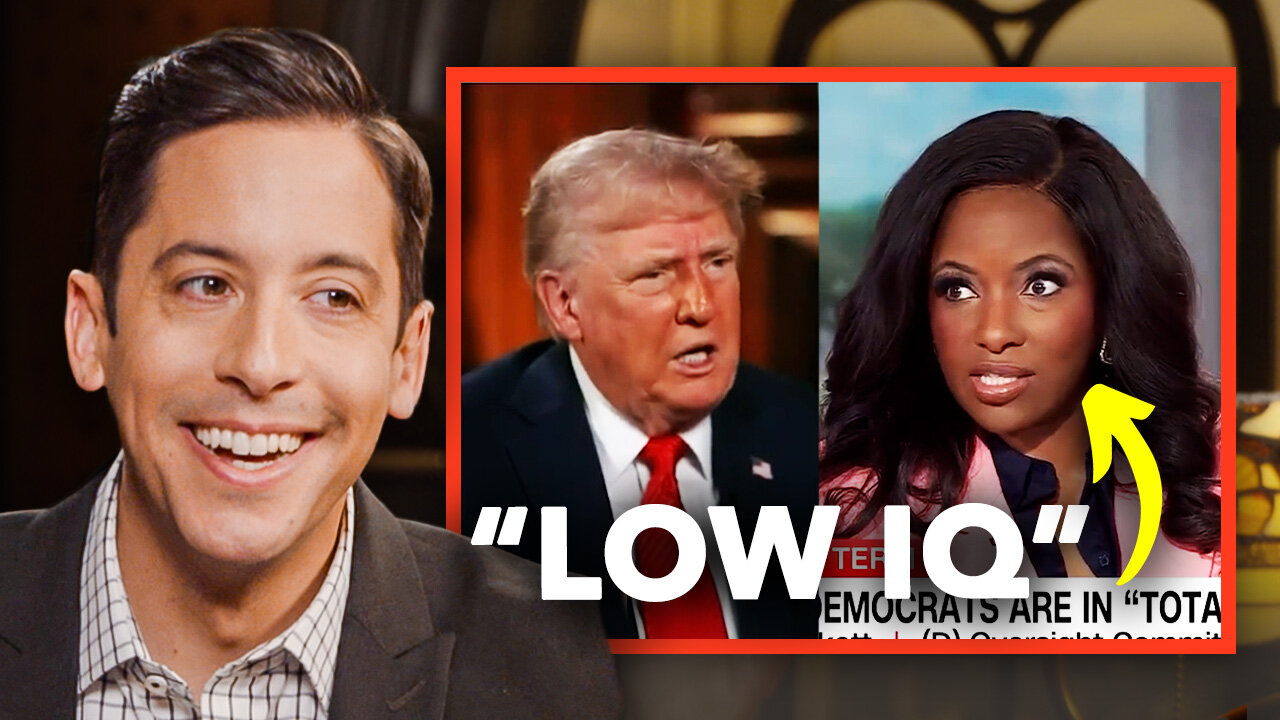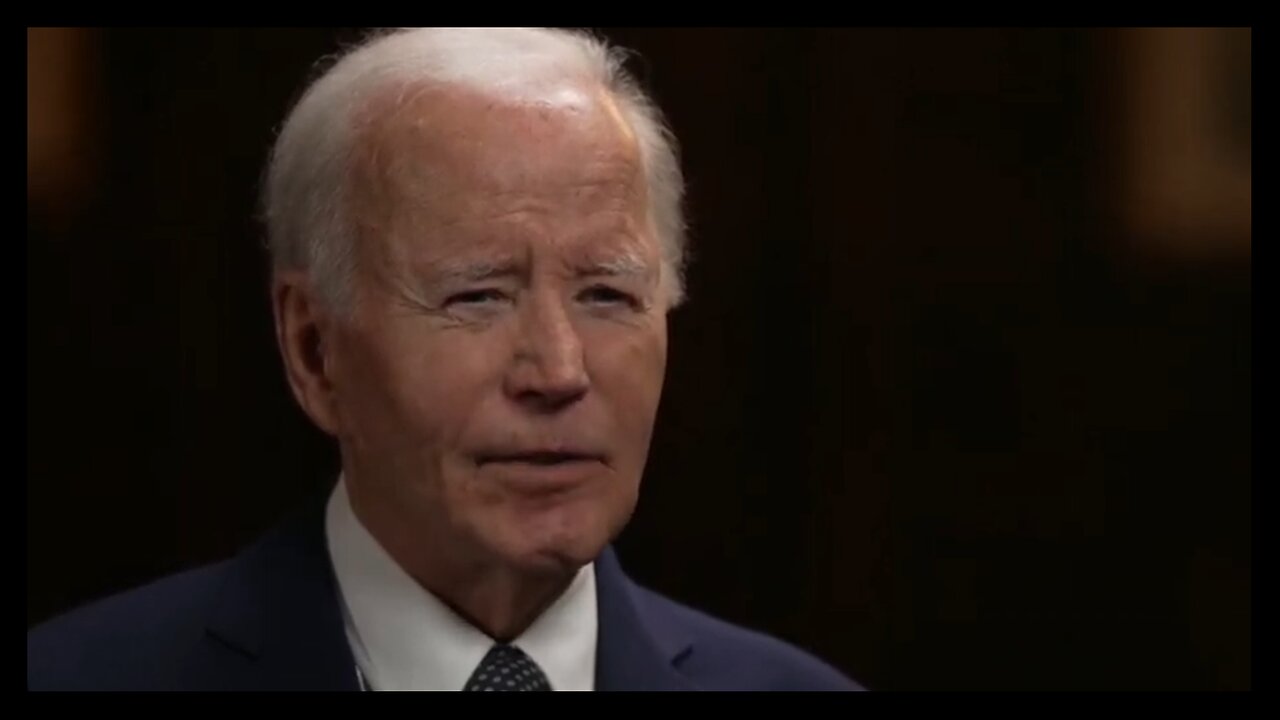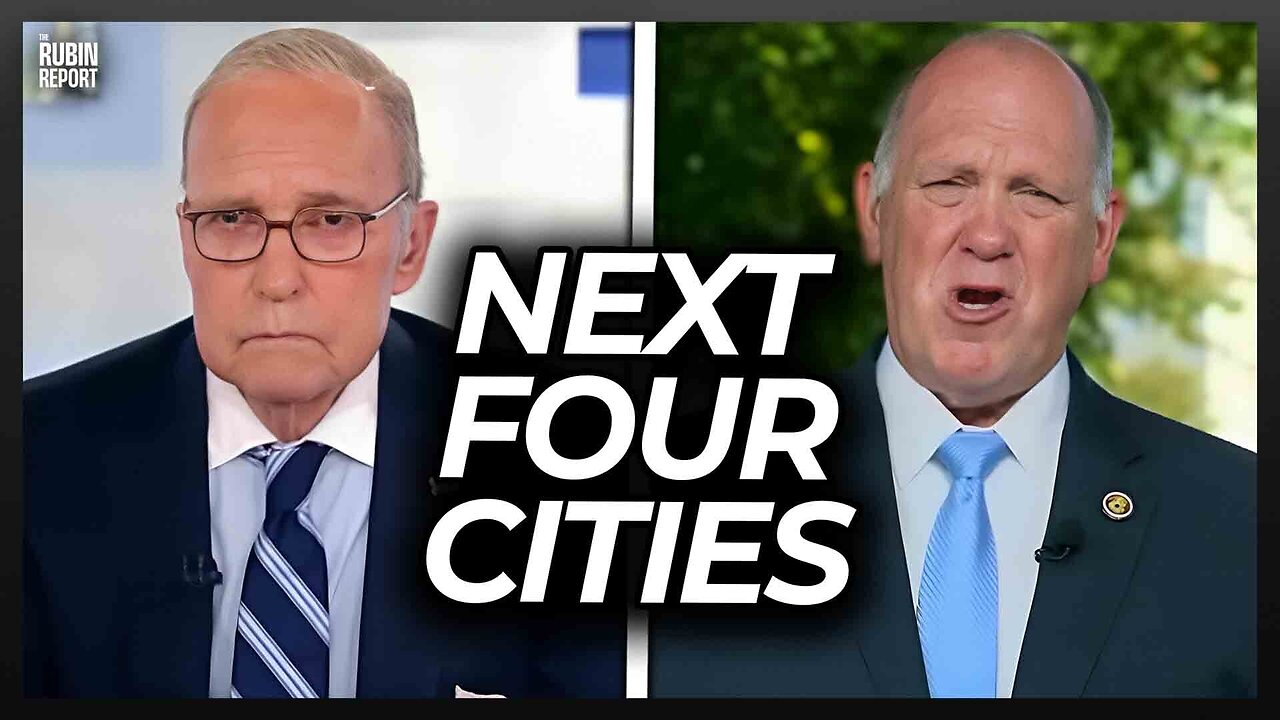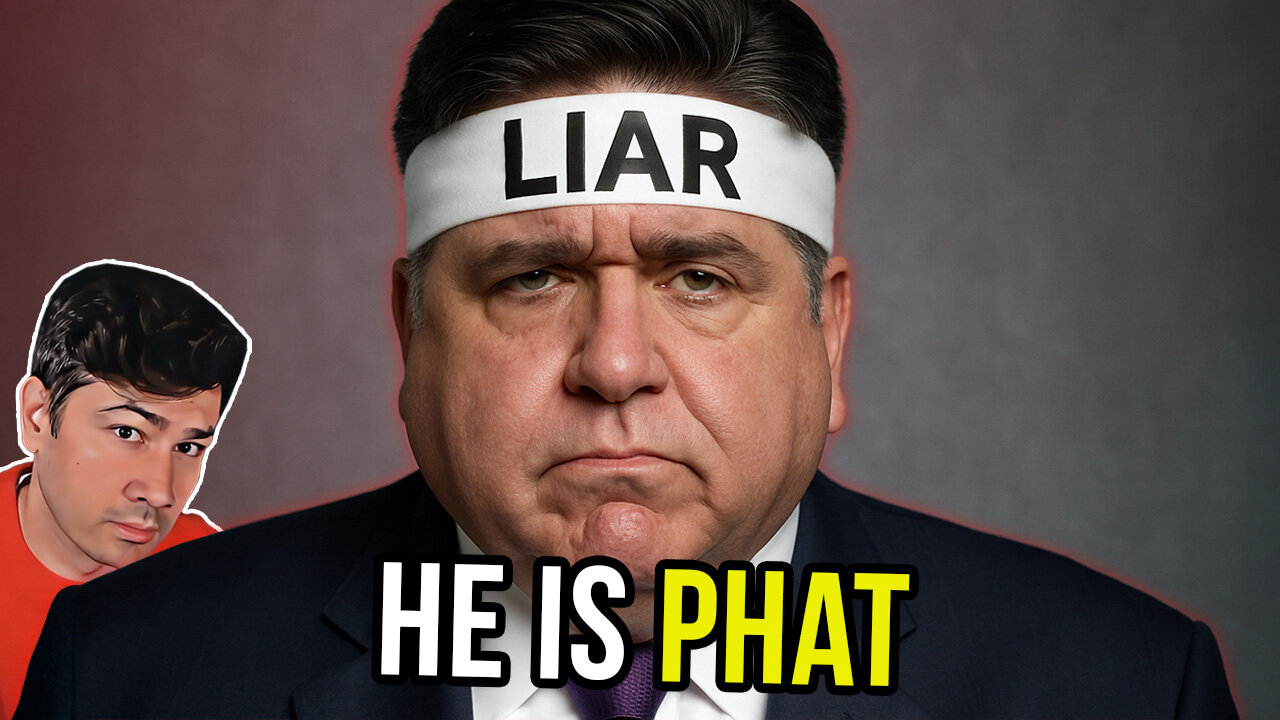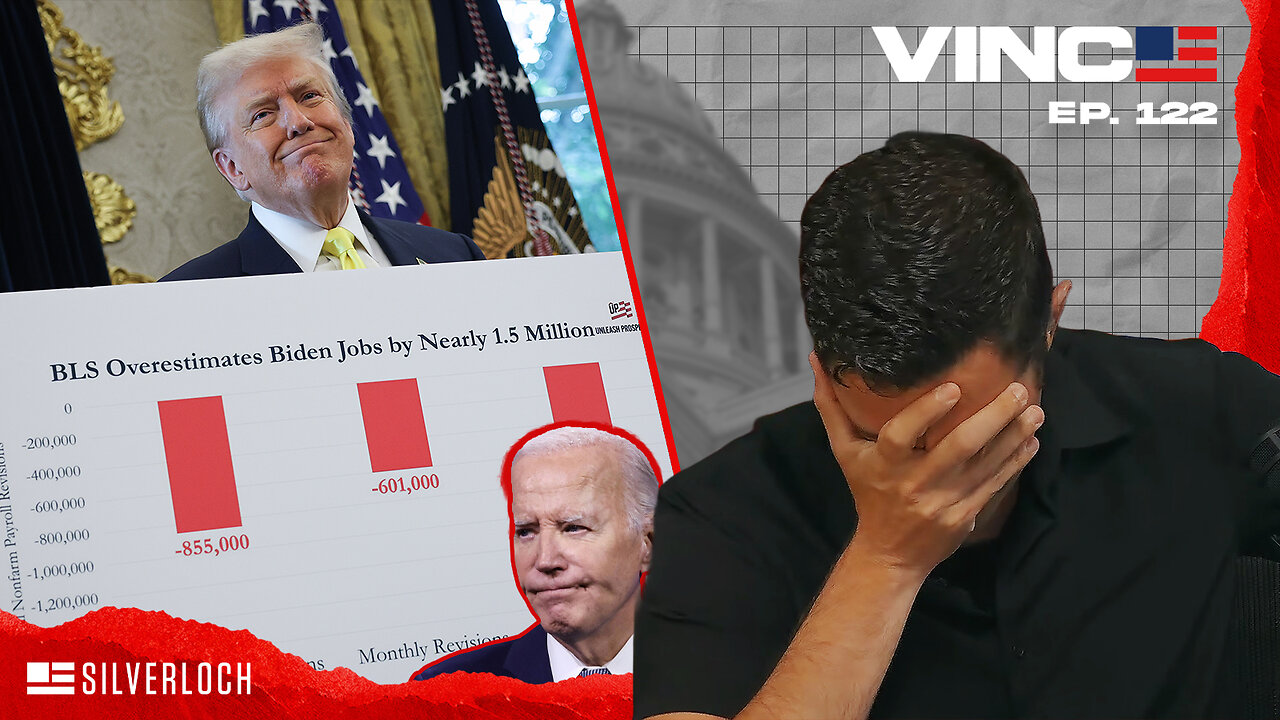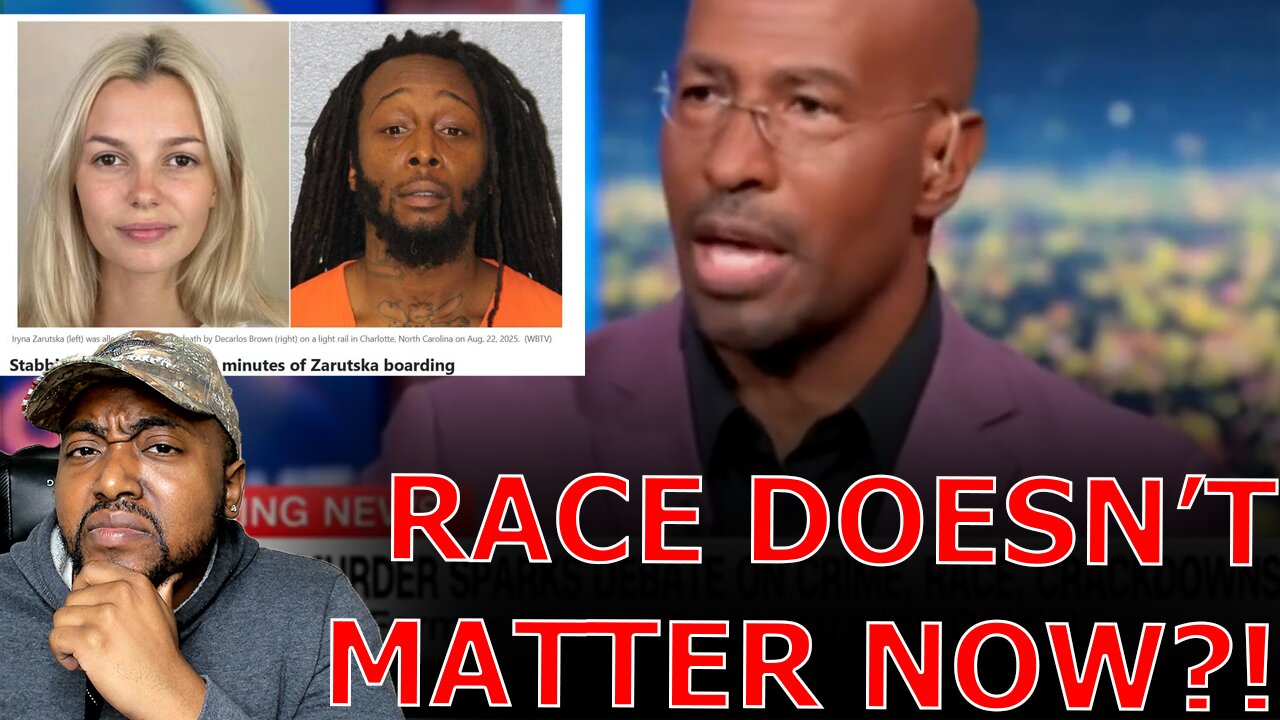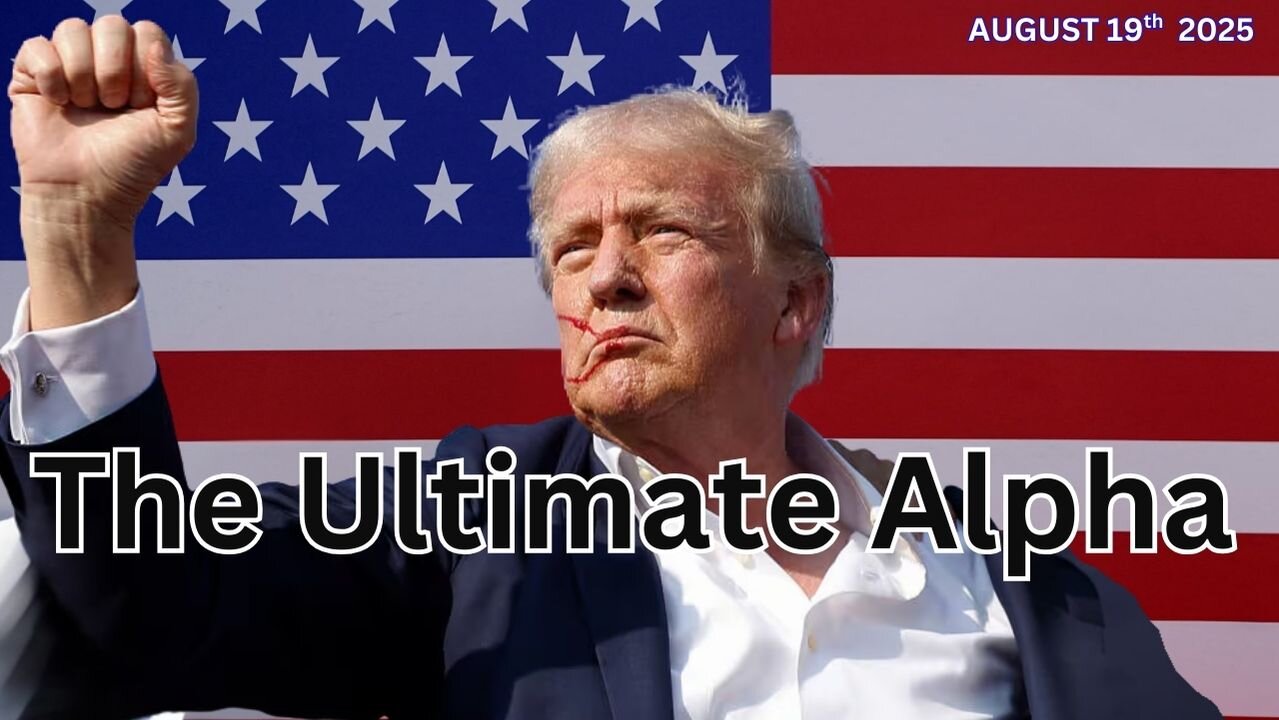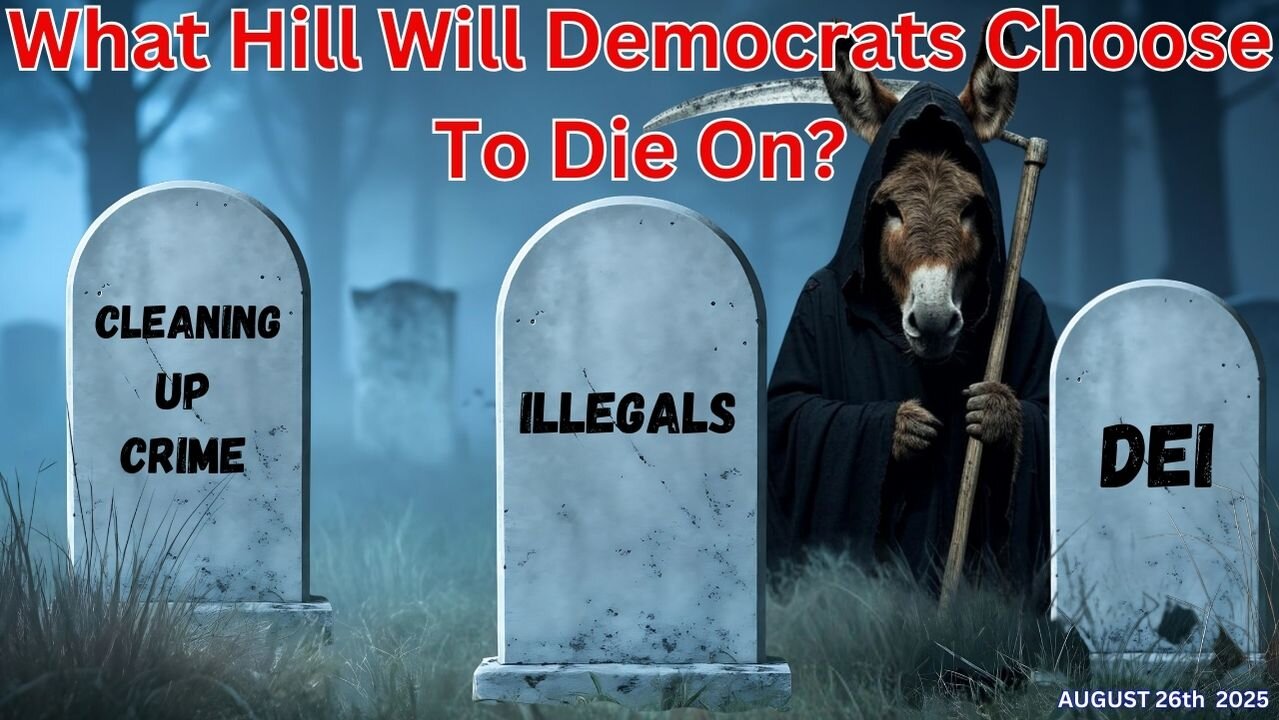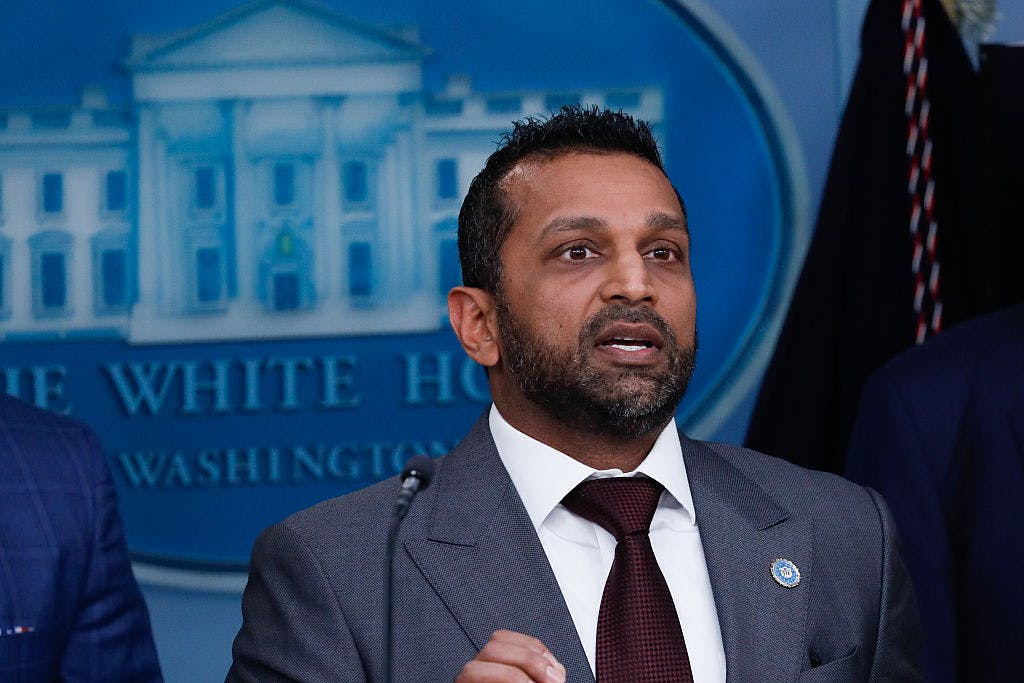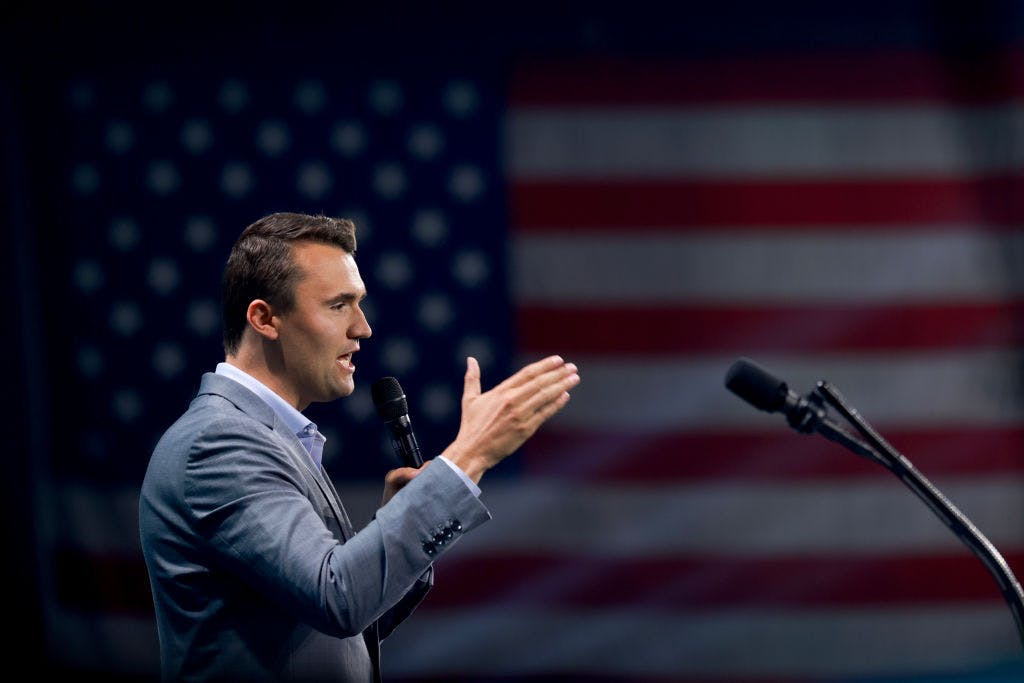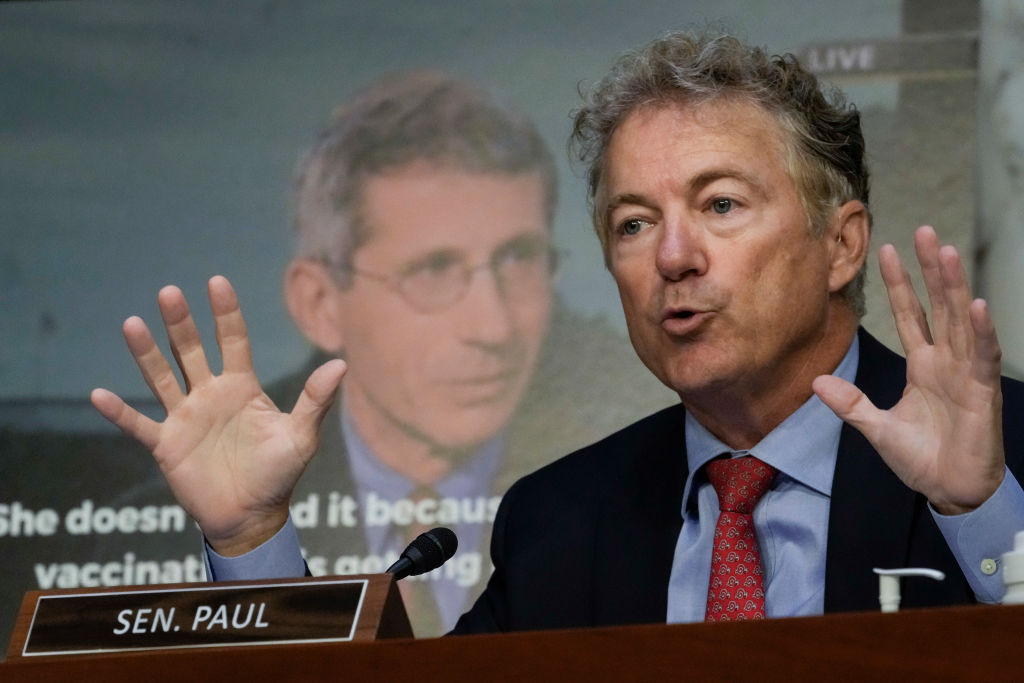Attorneys General Face Uphill Battle to Justify Lawsuits Against Trump Executive Orders

Attorneys general in left-leaning states have been crowding into courtrooms to sue the Trump administration. This spectacle, the growing tangle of hastily issued injunctions preventing the enforcement of presidential executive orders, might lead some to think that they are observing the reverse side of a familiar pattern—one in which the party that lost a national election sends its state-level proxies into federal court to harass the party that won the White House.
Since 2010, states have sued the federal government with increasing frequency. But the apparent similarity in strategy does not mean that those lawsuits have similar merit or that they meet with the same sort of reception in the courts.
My colleagues have already explained why the states are not entitled to the judicial injunction stopping the Trump administration from pausing foreign aid and other federal spending. So, let’s look at another feature that will be common to the cases present and future that democratic attorneys general will bring over the next four years: standing.
Standing is the concept that governs who can sue in court. For a plaintiff to invoke the court’s assistance against a presidential action, he must come with his own concrete injury, separate and apart from the general dismay he, and like-thinking citizens, may feel over the policy’s merit.
“The undifferentiated public interest in executive officers’ compliance with the law” creates no “‘individual right’ vindicable in the courts,” the Supreme Court said in Secretary of the Interior v. Defenders of Wildlife in 1992. A general right of grievance-based litigation would release a flood of cases, turning the courts into virtual managers of the executive branch. Thus, standing looms large in state lawsuits against the federal government.
Take the student loan forgiveness fight as an example. In the fall of 2022, six states sued to halt President Joe Biden’s plan to transfer $430 billion in student loan debt to taxpayers. From the outset, judges focused on whether the states—or any party—had a legal right to challenge to policy in court.
When the states filed suit, judges elsewhere had already thrown out several cases for want of standing, and the Biden administration had curtailed its policy to keep other would-be plaintiffs out of court. Thus, a district judge initially tossed out the states’ case as well, concluding that none of them had standing to challenge the loan transfer.
The appellate court restored the case when it concluded that Missouri likely had standing due to its state-run entity that serviced loans affected by the Biden order. At the Supreme Court, the justices did not assume that any party had standing, and ultimately, they dismissed the companion case, Department of Education v. Brown, because they found that the plaintiffs in that case (individual borrowers) lacked standing to sue.
Contrast that consistent, searching inquiry into standing with the treatment it receives in recent litigation by states with left-leaning attorneys general. One case led by New York is meant to hamper the Department of Government Efficiency from reviewing payments information held by another government agency, the Treasury Department.
The states claim that access to sensitive information by DOGE staffers violates federal privacy laws. If one assumes that claim has merit, one is still left asking what business is that of the states? What law appoints them as enforcers of federal privacy regulations? And why aren’t judges asking the states that question before complying with their demands for a court injunction?
Naturally, it is not privacy that interests the states. Instead, they are hoping to throw up another roadblock to Trump’s economizing efforts that might reduce the federal funds subsidizing their local welfare programs—programs so extensive that their own tax bases could not support them.
Loss of funding at least looks more like a traditional injury, but does it necessarily give them standing? As my colleagues detail, federal funding pauses are not unusual, and the statutory deadlines for disbursing the funds are still months away. That should lead one to ask: Can there ever be a legally recognizable financial injury when the disbursements, which have not been cancelled, could still be made timely under the law?
The judges presiding over the state cases are curiously uncurious about these questions, though the questions define the very limit of judicial authority under Article III of the Constitution. Instead, the judges appear eager to be of service to the likes of Letitia James, New York’s attorney general, offering her injunctions and restraining orders against Trump initiatives more or less on demand. Often, they issue these orders ex parte, meaning that the Trump administration has had no opportunity to defend its decisions.
In fairness to the lower courts, the high court has sent conflicting signals on when states have standing. Certain Supreme Court justices seem inclined to limit standing after the concept was vastly expanded in Massachusetts v. Environmental Protection Agency. Unfortunately, those retrenchment efforts to limit standing seem to succeed only when the issue before the court is considered a conservative one.
For instance, during the first Trump administration, the court had no difficulty concluding that liberal states had an adequate injury and, therefore, standing to sue over the citizenship question that was added to the 2020 census. Lower federal courts also were willing to countenance Hawaii’s and Washington state’s claims of injury when the very remote effects of a temporary migration ban might have affected enrollments at state universities.
And yet when Texas sought relief from the Biden administration’s contempt for immigration law and the ensuing flood of illegal migrants, the court solemnly declared that “the States’ suit here is not the kind redressable by a federal court.”
Conservatives looking on in frustration should not wish for too dramatic a correction. Another administration unfriendly to them will eventually come, and then the states must have some viable means of arresting those real instances of federal overreach.
But for now, it serves neither the executive branch nor the judiciary for critical doctrines like standing to be inconsistently applied. If a disparity in treatment becomes too apparent, it would be unsurprising if the president felt less obliged to abide by judicial constraints.
The post Attorneys General Face Uphill Battle to Justify Lawsuits Against Trump Executive Orders appeared first on The Daily Signal.
Originally Published at Daily Wire, Daily Signal, or The Blaze
What's Your Reaction?
 Like
0
Like
0
 Dislike
0
Dislike
0
 Love
0
Love
0
 Funny
0
Funny
0
 Angry
0
Angry
0
 Sad
0
Sad
0
 Wow
0
Wow
0










